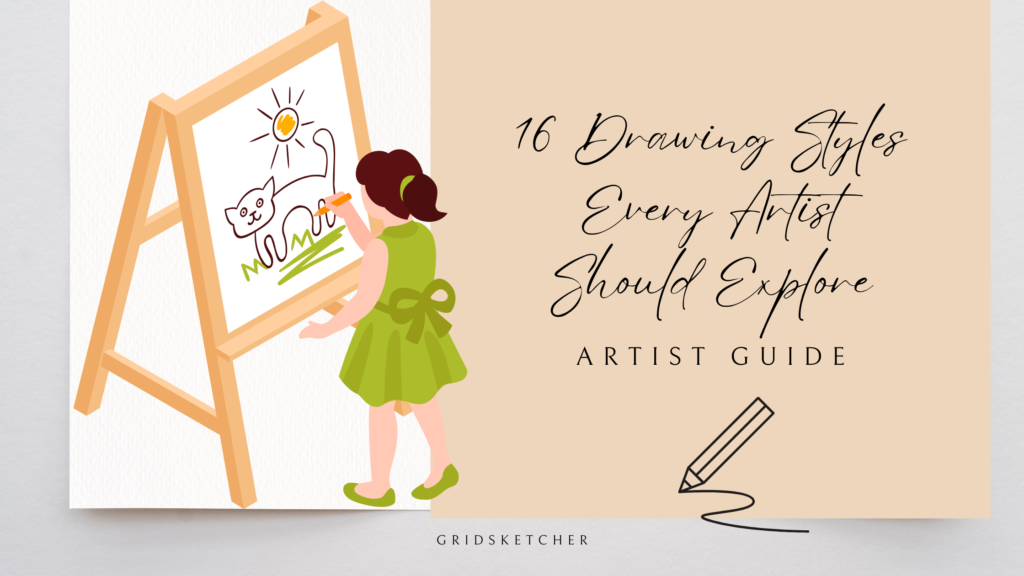Drawing is an incredibly versatile form of art that transcends boundaries and inspires creativity. Whether you’re sketching in a notebook or crafting a masterpiece, drawing allows you to explore endless possibilities. For artists, experimenting with various drawing styles is a great way to expand their skill set and discover new techniques. Each style offers its own charm and challenges, helping artists grow in their craft. Let’s delve into 16 unique drawing styles and practical ways to develop your own creative approach.
Every artist’s journey is unique, but the key to growth lies in exploration and practice. From playful doodles to intricate architectural designs, there’s a style for everyone to try. With each style, you’ll uncover fresh perspectives and techniques that can elevate your artistic expression. Let’s embark on this creative journey and explore the wonderful world of drawing.
1. Doodling
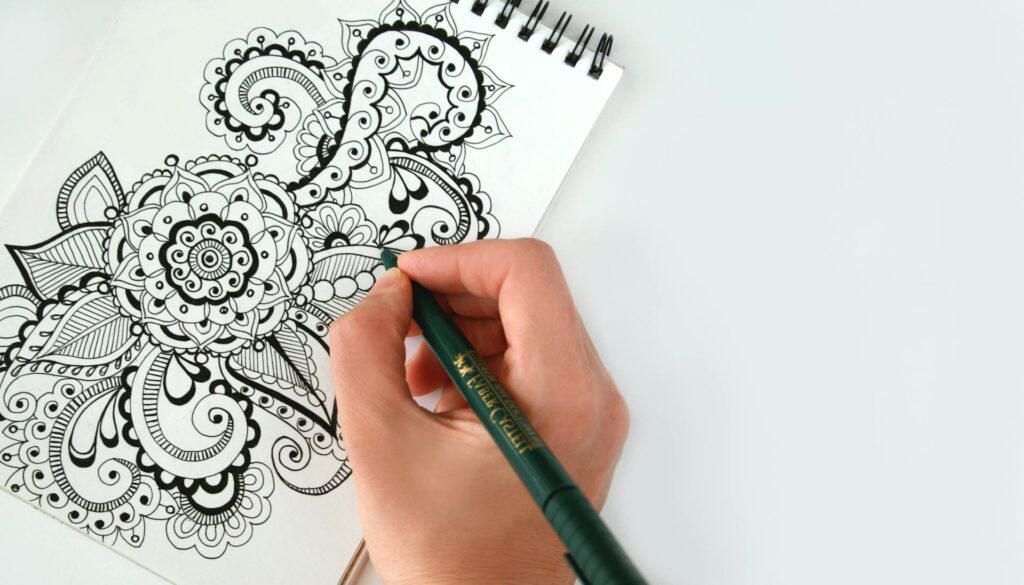
Doodling is a casual and spontaneous drawing style that anyone can enjoy. Often done absentmindedly, it’s a great way to spark creativity. Doodles can range from simple shapes to elaborate patterns that fill an entire page. This style is perfect for relieving stress and letting your imagination run wild. It’s also an excellent starting point for beginners looking to build confidence in their drawing abilities.
Doodling isn’t limited to just idle sketches; it’s a powerful tool for brainstorming and visual thinking. Many artists use doodling to generate ideas, explore concepts, or even create finished works of art. Popular forms include Zentangle, which focuses on structured patterns, and abstract doodling, which emphasizes freeform creativity. Additionally, doodling can improve focus and memory, making it a productive activity for both artistic and non-artistic endeavors. With minimal supplies needed, doodling is accessible to everyone, whether you’re using a pen, pencil, or digital tools.
2. Line Drawing
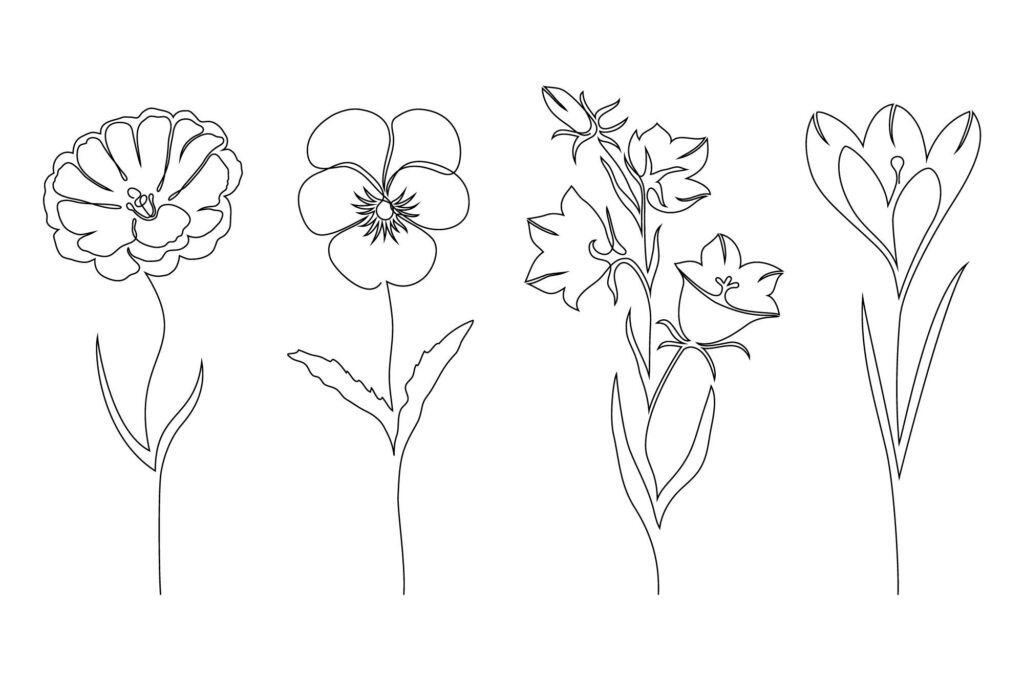
Line drawing focuses on creating images using clean and continuous lines. This minimalist style emphasizes the beauty of simplicity. Artists often use line drawing for photo to sketch conversion, as it highlights contours and shapes. It’s a versatile technique suitable for portraits, landscapes, and abstract art. Experimenting with line weight can add depth and character to your creations. Artists can explore continuous line drawing exercises to improve their hand-eye coordination. Adding textured lines or combining them with shading can also enhance the overall impact of this style. Line drawing is a timeless approach that proves less can indeed be more.
3. Cartoon Drawing Style
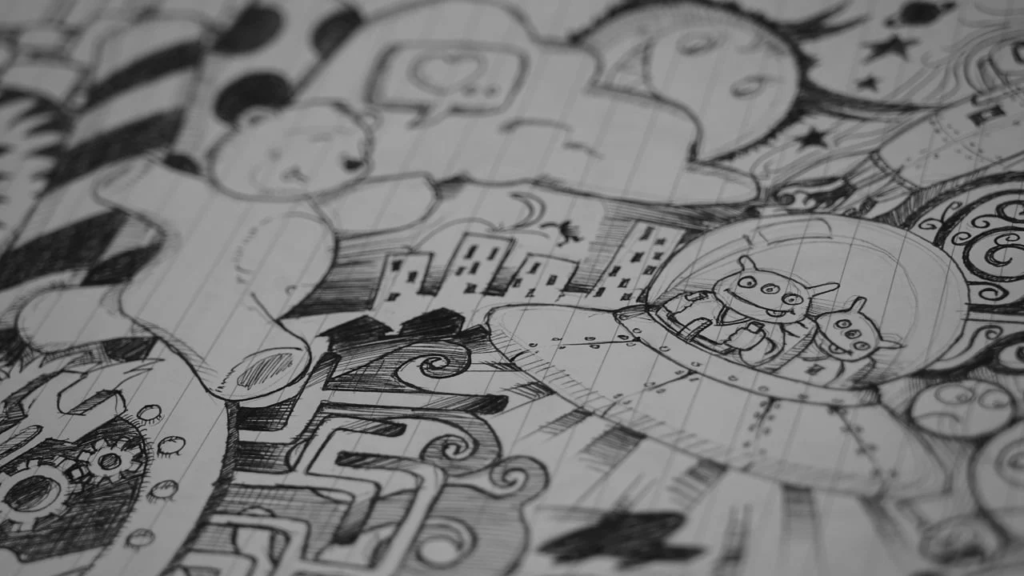
Cartoon drawing is all about exaggeration and storytelling. Characters often have oversized features and bold expressions, making them lively and engaging. Whether creating comics, animations, or caricatures, this style allows for endless imagination. It’s a fun way to explore humor and personality in art. Artists can also experiment with different genres, from whimsical to action-packed cartoons.
Cartoon drawings are perfect for conveying emotions quickly, thanks to their exaggerated expressions and movements. This style allows for a lot of creativity, whether in colorful illustrations or black-and-white sketches. Artists can play with proportions and features to create unique characters that stand out. Overall, cartoon art captures attention and adds a playful element to visual storytelling.
4. Photorealism/Hyperrealism
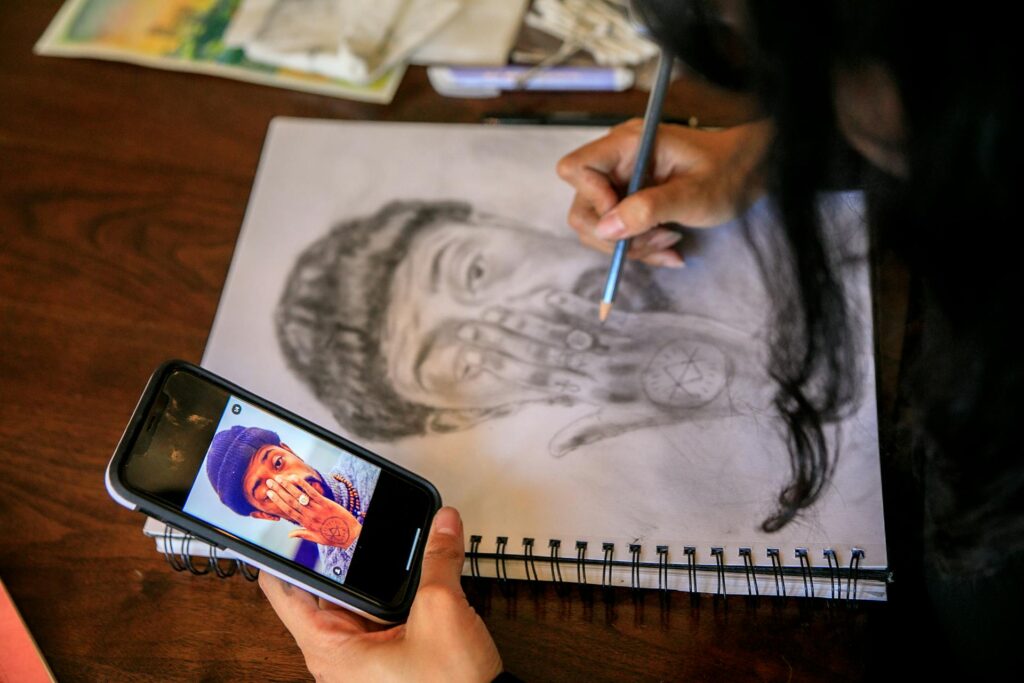
Photorealism is a technique that mimics the precision of a photograph. Artists achieve this by focusing on details, textures, and shading. It’s ideal for portrait drawing or drawing from photo, as it captures lifelike accuracy. Hyperrealism takes this further by adding emotional depth or surreal elements to the artwork. This style requires patience and meticulous observation, but the results are breathtaking. Artists often use advanced techniques like airbrushing or layering to achieve the stunning level of detail. The goal is to make the viewer feel like they’re looking at a real-life image rather than a drawing. Photorealism and hyperrealism challenge the artist’s skills while offering a deep sense of accomplishment when done correctly.
5. Tattoo Drawing
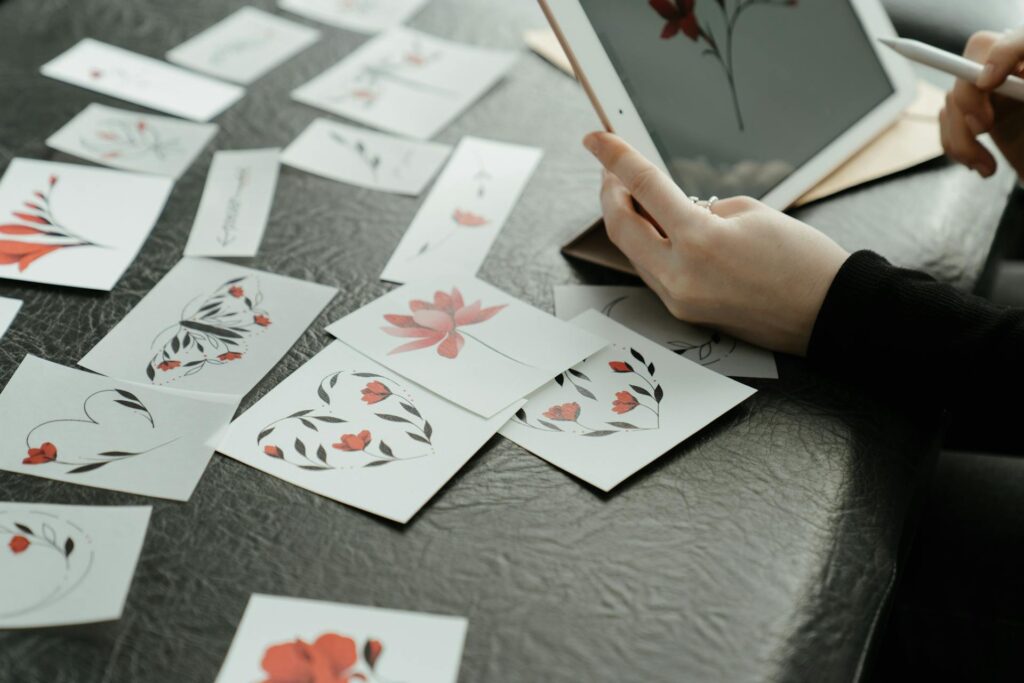
Tattoo drawing blends art with culture, creating designs that hold personal significance. These sketches often feature intricate patterns, symbols, or typography. Artists must consider how the design will look on skin, emphasizing clarity and balance. Tattoo drawing is a unique skill that combines creativity with technical precision. The design must flow naturally with the body’s contours, enhancing its visual appeal. Additionally, tattoo artists need to understand color theory and shading techniques to ensure the design remains vibrant over time. This art form also requires a deep understanding of symbolism, as tattoos often represent key life moments or beliefs.
6. Architectural Drawing
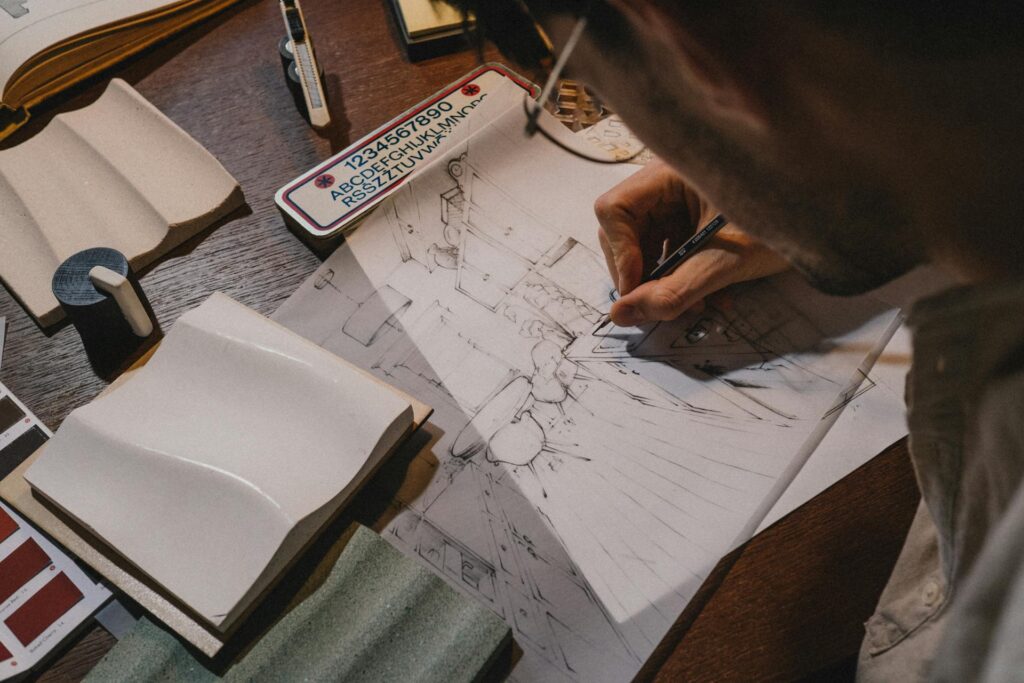
Architectural drawing combines technical skill with artistic vision. It’s commonly used to plan buildings, interiors, and landscapes. Grid drawing techniques are often employed to ensure accurate proportions and perspectives. Artists can experiment with different styles, from realistic renderings to abstract interpretations of architectural forms. Attention to detail is crucial, as these drawings guide the construction process. Architects and designers use these drawings to communicate their concepts clearly to clients and builders. With the use of modern software, architectural drawings can now be created digitally, allowing for even more precision and flexibility in design.
7. Typography Drawing
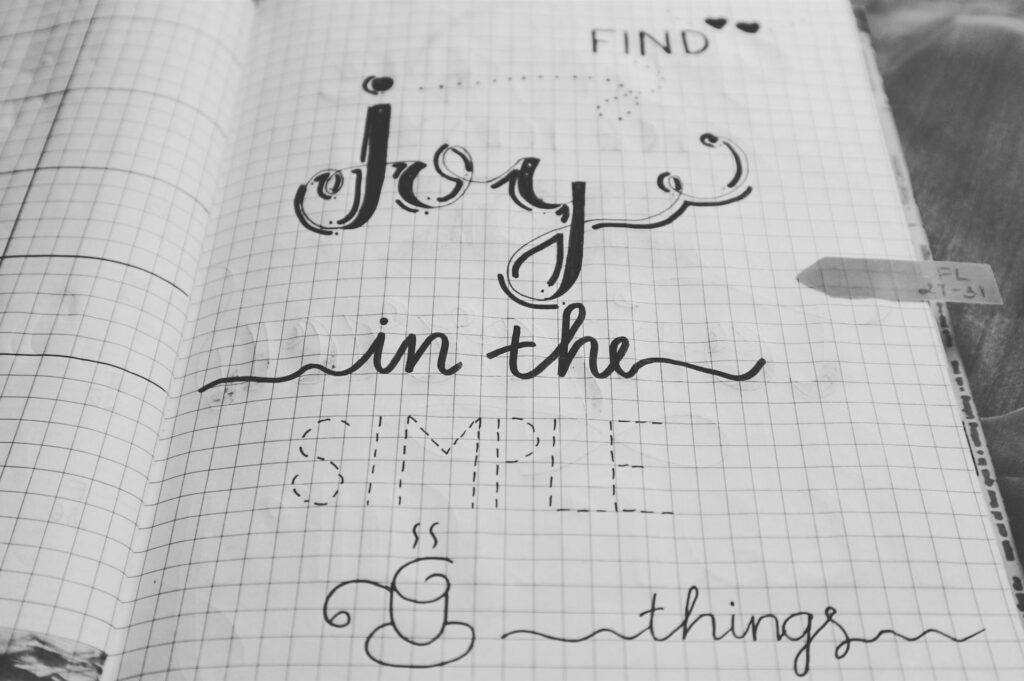
Typography drawing transforms text into visual art. Artists use letters, fonts, and decorative elements to create impactful designs. This style is popular in branding, posters, and graphic design. Combining typography with other drawing styles can result in unique and memorable artwork. Typography can evoke emotions or reinforce a message through its visual appearance. The careful selection of fonts, spacing, and alignment can significantly influence the overall design. Artists can also experiment with blending typography and illustrations, creating a dynamic fusion of text and imagery that stands out.
8. Geometric Drawing
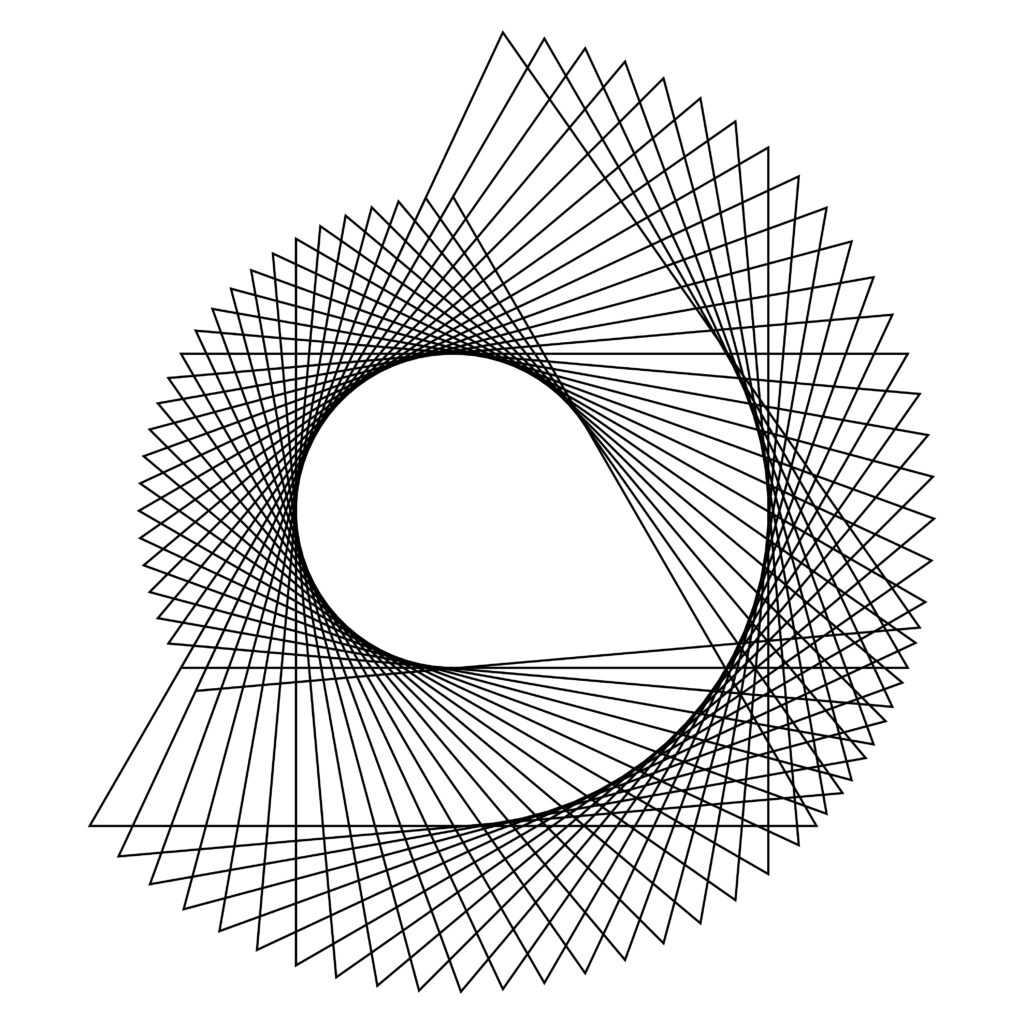
Geometric drawing focuses on creating art using shapes, patterns, and symmetry. It’s a great way to explore balance and precision. This style can be used to create mandalas, abstract designs, or even futuristic landscapes. Experimenting with colors and gradients can add depth to geometric drawings. The use of mathematical principles, such as the golden ratio, enhances the harmony of the design. Geometric art can evoke a sense of order and tranquility, or even challenge perceptions with its complexity. Whether simple or intricate, geometric drawings are a versatile art form with endless possibilities.
9. Diagrammatic Drawing
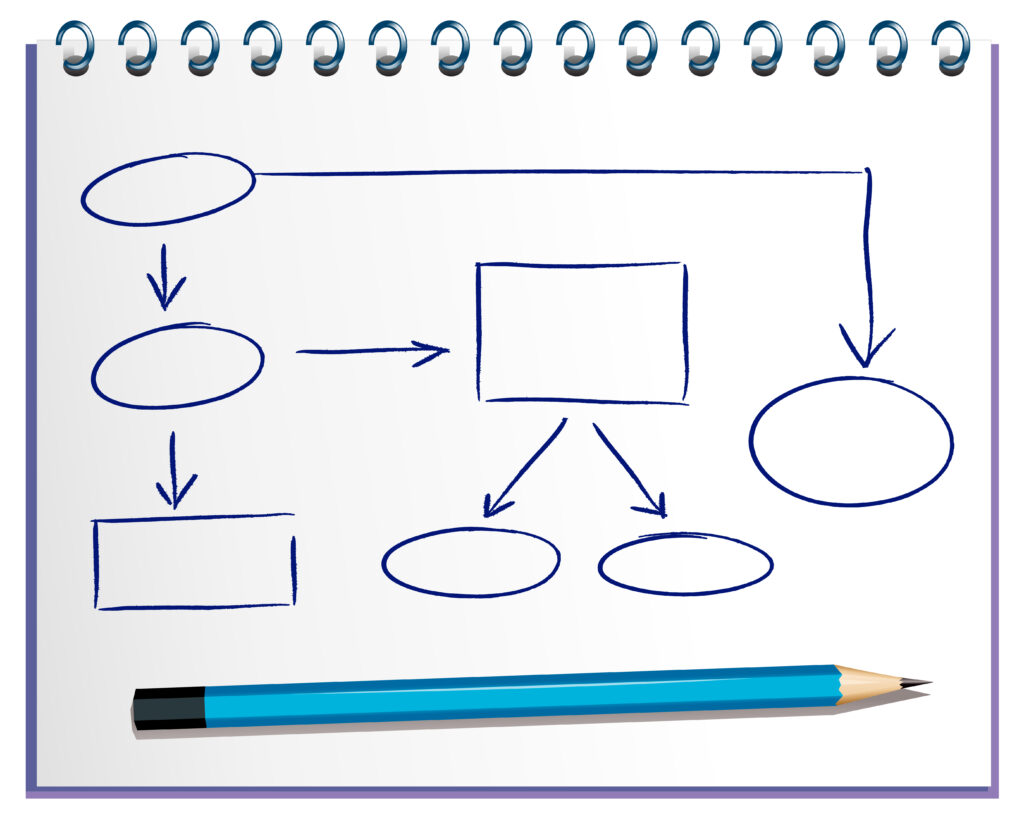
Diagrammatic drawing is a practical style used to simplify complex concepts. It’s ideal for educational or technical illustrations, where clarity is crucial. Artists often use this technique for infographics, manuals, and schematics. Despite its functional nature, diagrammatic drawing can be visually appealing with the right touch of creativity. Clear lines, labels, and well-organized layouts are key to making these drawings effective. This style helps break down information in a way that’s easy for the audience to understand. Whether illustrating scientific processes or architectural designs, diagrammatic drawing plays a vital role in visual communication.
10. Anamorphic Drawing
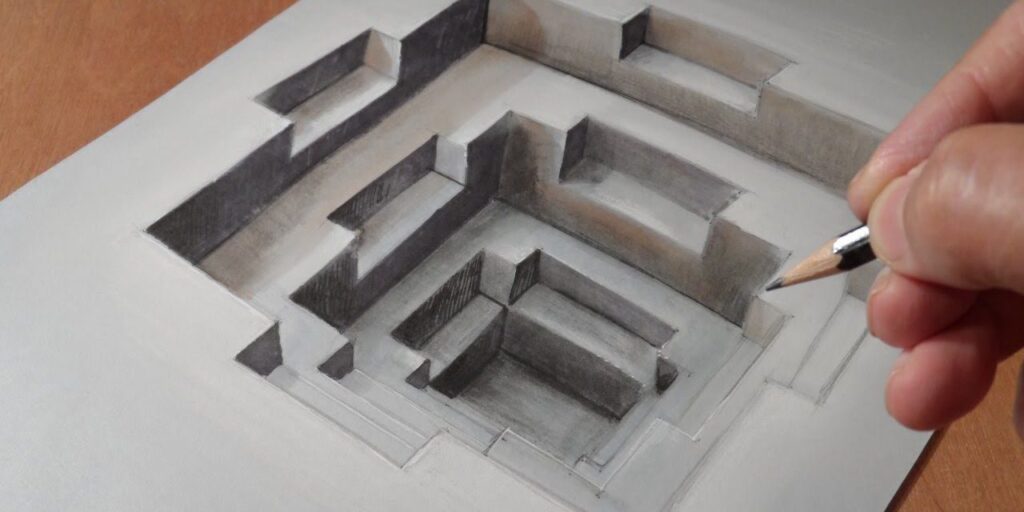
Anamorphic drawing creates optical illusions, making images appear three-dimensional when viewed from specific angles. This style challenges traditional perspectives and showcases an artist’s ability to manipulate space. It’s a fascinating way to captivate viewers and experiment with depth and realism. Anamorphic drawings often require a keen understanding of geometry and perspective to create the desired effect. By altering the view angle, the artwork transforms, creating a sense of surprise and wonder. This technique is commonly used in street art and interactive installations, where the physical environment enhances the illusion.
11. Stippling Drawing
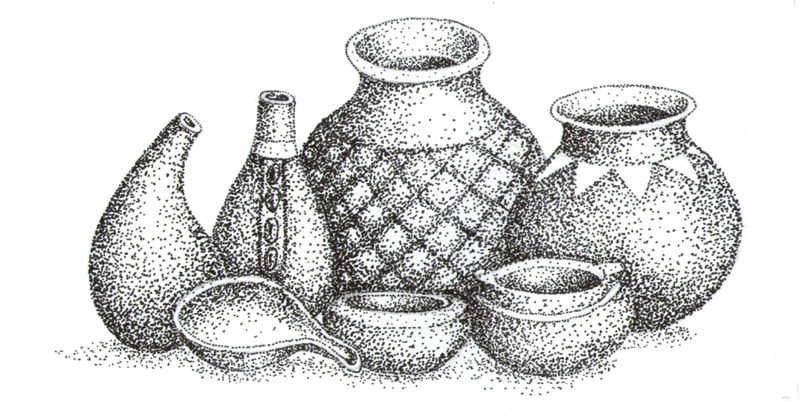
Stippling is a technique that uses tiny dots to create textures and shading. By varying dot density, artists can achieve remarkable depth and detail. This style is often used for nature-inspired art or photo drawing, as it adds a unique and intricate quality to the work. The method allows for fine control over shading, making it perfect for capturing subtle gradations of light and dark. Stippling can be time-consuming but results in a highly textured, almost tactile finish. Artists can use it to create realistic effects, or experiment with abstraction by playing with patterns and dot placement.
12. Hatching and Cross-Hatching
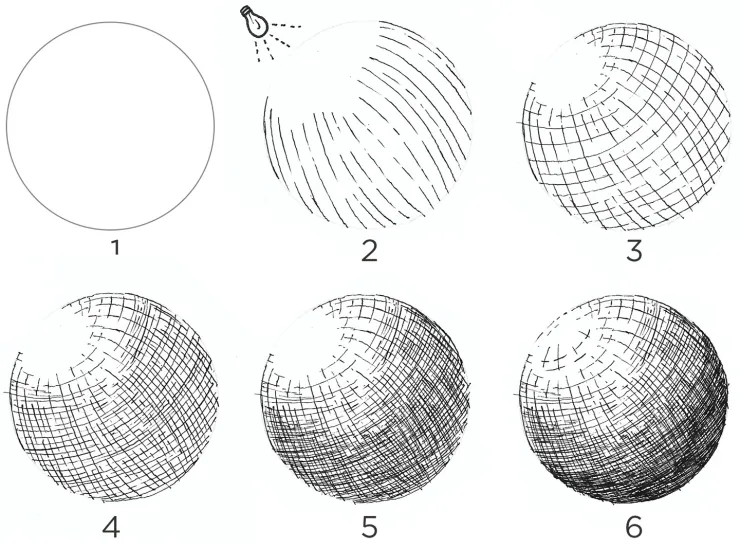
Hatching involves drawing parallel lines, while cross-hatching adds intersecting lines to create shading and texture. These techniques are essential for adding dimension and contrast to sketches. They’re versatile and can be applied to a range of subjects, from portraits to still life. The density and direction of the lines can influence the mood or tone of the artwork. Cross-hatching, in particular, allows for more complex textures and deeper shadows. Both techniques are important tools for artists to master, as they provide a wide range of possibilities for creating depth, volume, and texture in their drawings.
13. Scumbling and Scribble Art
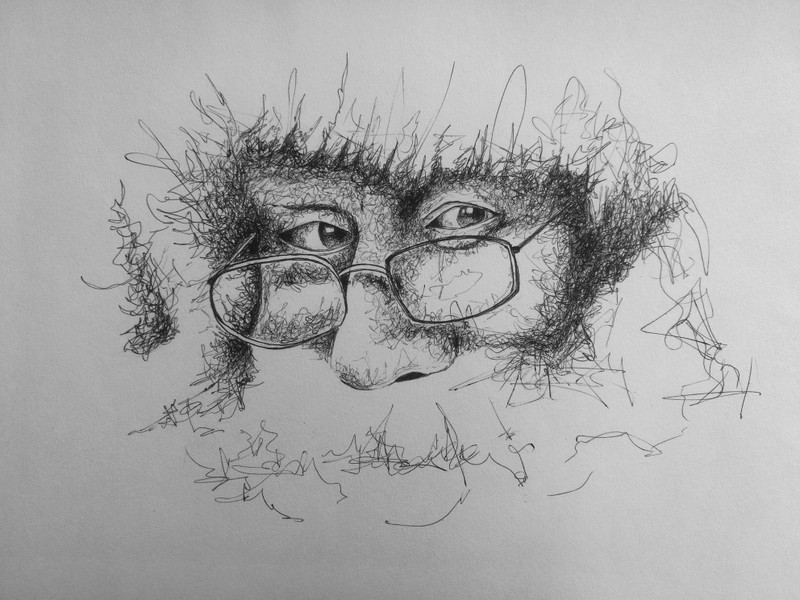
Scumbling involves layering loose, scratchy strokes to create texture, while scribble art embraces chaotic lines to form recognizable shapes. Both styles encourage spontaneity and creative freedom. They’re perfect for quick sketches or expressive abstract pieces. Scumbling can give a rough, energetic feel to drawings, while scribbling allows for playful experimentation with form. These techniques can be used to convey emotion or add dynamic energy to otherwise structured work. They’re ideal for artists who enjoy breaking free from traditional methods and embracing the unpredictability of their hand movements.
14. Fashion Drawing
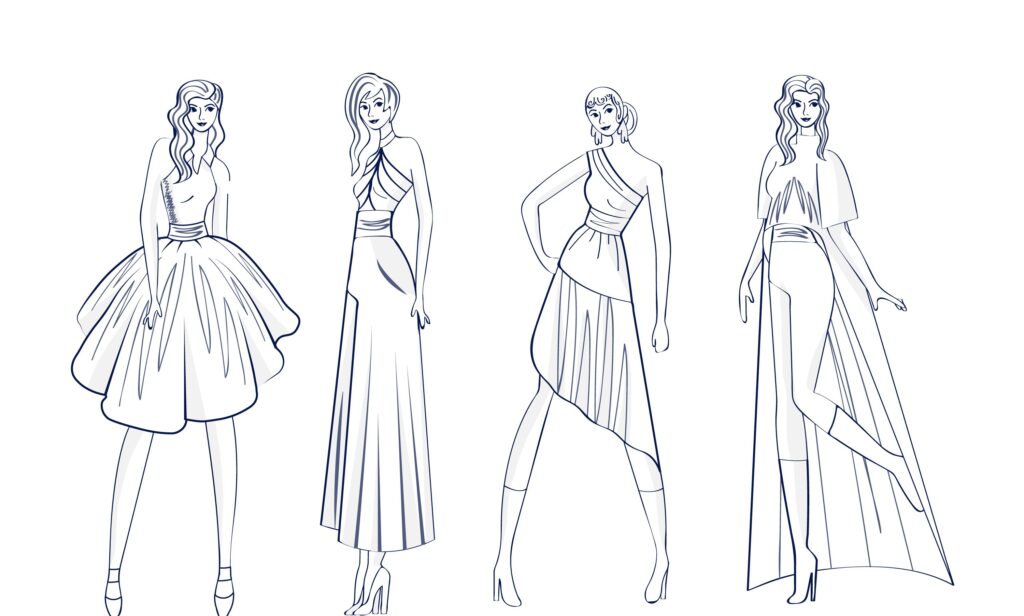
Fashion drawing focuses on designing clothing and accessories. Artists emphasize textures, movement, and fabric details to bring their concepts to life. This style thrives on creativity and attention to trends. Whether sketching haute couture or casual wear, fashion drawing combines artistry with innovation. Fashion illustrators often exaggerated proportions to create more visually striking designs. The use of color, shading, and fabric rendering helps bring the designs closer to life, offering a vision of style and elegance. Fashion drawing is a dynamic field that blends sketching skills with an understanding of the fashion industry.
15. Pointillism
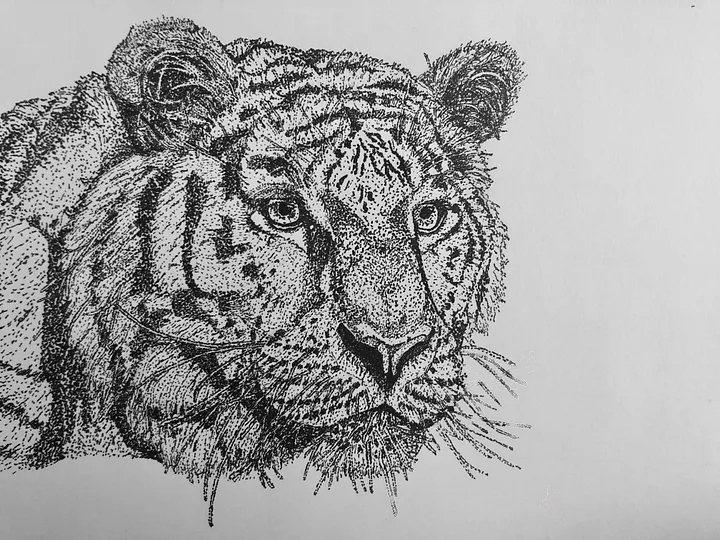
Pointillism is a style that uses tiny dots of color to create images. When viewed from a distance, these dots blend seamlessly to form detailed scenes. This technique is perfect for experimenting with color theory and texture, offering a unique approach to artistic expression. Artists use the placement and spacing of dots to control the blending of colors and light effects. Pointillism allows for rich texture and vibrant color contrasts, giving the artwork a distinct, almost pixelated look. While it requires patience, the results can be visually stunning, showcasing a unique harmony between color and form.
16. Perspective Drawing
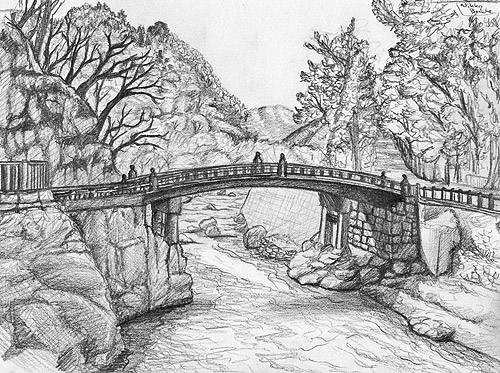
Perspective drawing brings depth and dimension to artwork, making flat surfaces appear three-dimensional. Artists often use grids to guide proportions and angles. This style is essential for landscapes, interiors, and architectural designs, adding realism and depth to the artwork. By manipulating vanishing points, artists can create a sense of space and distance in their work. Perspective drawing helps convey the structure and scale of objects, making them appear more lifelike. Whether for detailed cityscapes or abstract designs, mastering perspective is key to creating visually compelling and realistic compositions.
2. How Can Artists Develop Their Unique Drawing Style?
2.1 Experiment
Experimentation is the foundation of finding your unique artistic voice. Try different materials, techniques, and styles to discover what resonates with you. Mix mediums like charcoal and watercolor or combine techniques like grid drawing with freehand sketches. Don’t shy away from stepping out of your comfort zone; surprises often lead to breakthroughs. Each experiment adds to your skill set and helps you identify your preferences. Remember, even mistakes can lead to unexpected artistic growth.
2.2 Learn from Your Favorite Artists
Studying the work of artists you admire can be incredibly inspiring. Analyze their use of lines, shading, and color to understand their techniques. Watch tutorials or read about their artistic journey to gain valuable insights. While it’s great to draw inspiration, avoid imitating their style directly. Instead, incorporate elements you love into your work to create something unique. Over time, your influences will blend seamlessly with your personal touch.
Finally, Practice, Practice & Practice
Developing a unique drawing style takes time, experimentation, and persistence. Artists should explore various techniques to find what resonates with them. Learning from favorite artists can provide inspiration, but adding a personal twist is crucial. Tools like GridSketcher can help artists refine their skills, especially for grid drawing or photo to sketch conversion. Remember, every masterpiece starts with practice and dedication.
As you experiment with different styles, don’t be afraid to make mistakes. Each trial offers valuable lessons that contribute to your growth as an artist. Over time, you’ll start noticing patterns in your work that reflect your personal style. Whether it’s a specific technique, color palette, or subject matter, embrace those distinctive elements. Building confidence in your unique approach allows your art to stand out and speak for itself. The key is to stay curious, open-minded, and patient as you develop your artistic voice.
Keep drawing, keep exploring, and let your creativity shine!

